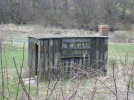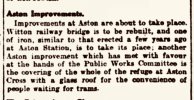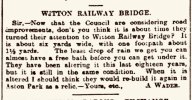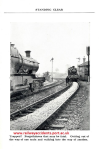mw0njm.
A Brummie Dude
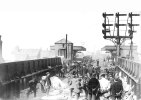 Looking looking towards Witton station as platelayers and other members of the Permanent Way gang prepare the bridge. Having moved the fully prepared bridge sideways to align with the track the platelayers would only then need to place the ballast, lay the sleepers antrack on either side of the bridge. The bridge replaced one of the arches of a once longer viaduct of ten arches, described as "one of the most beautiful structures on the line of the Grand Junction Railway. The building of Aston shed and the line to Stechford plus other sidings had gradually replaced th viaduct since its opening. The replacement bridge had a much longer span which helped to open up this traffic bottleneck.
Looking looking towards Witton station as platelayers and other members of the Permanent Way gang prepare the bridge. Having moved the fully prepared bridge sideways to align with the track the platelayers would only then need to place the ballast, lay the sleepers antrack on either side of the bridge. The bridge replaced one of the arches of a once longer viaduct of ten arches, described as "one of the most beautiful structures on the line of the Grand Junction Railway. The building of Aston shed and the line to Stechford plus other sidings had gradually replaced th viaduct since its opening. The replacement bridge had a much longer span which helped to open up this traffic bottleneck.i always wondered what the lineside huts were for
